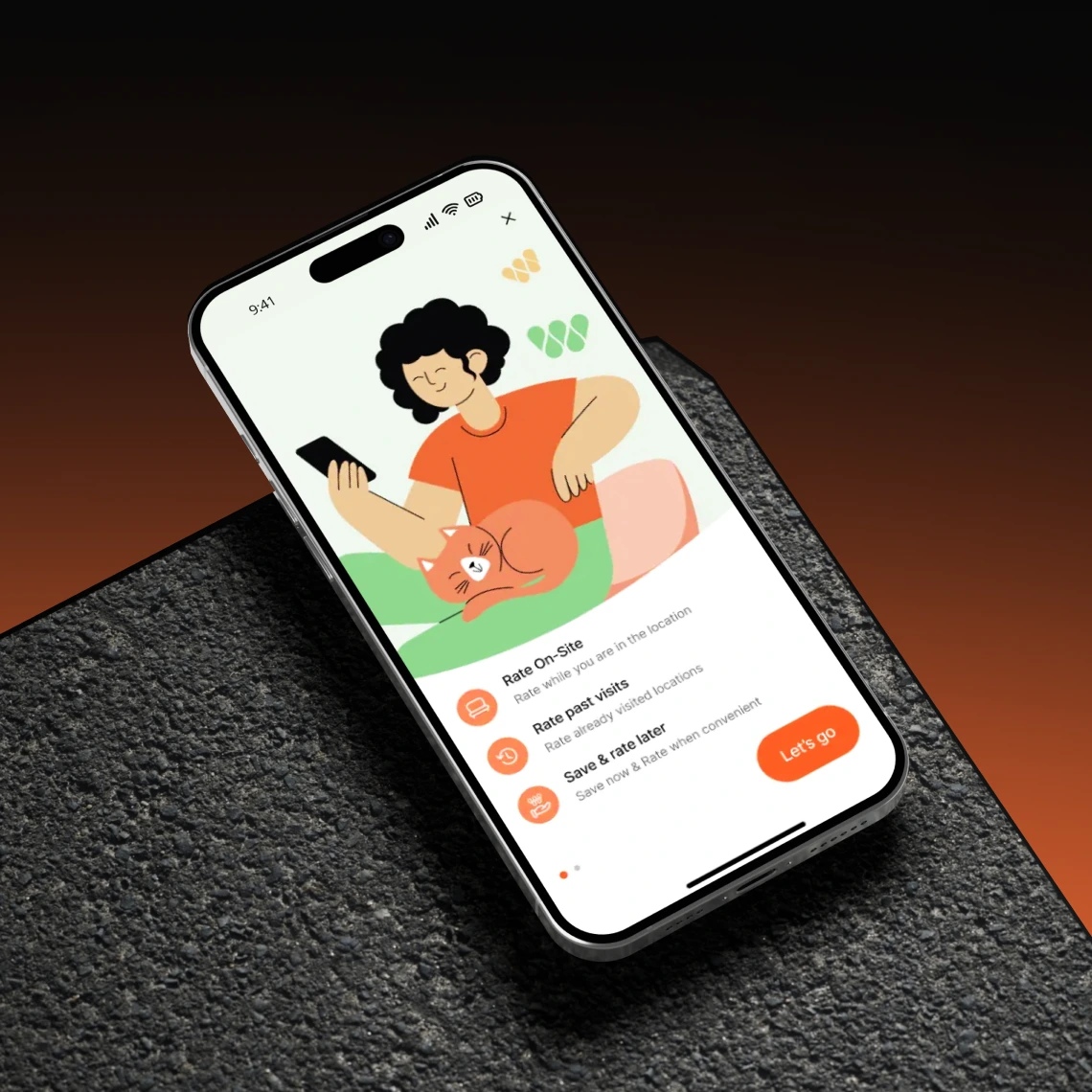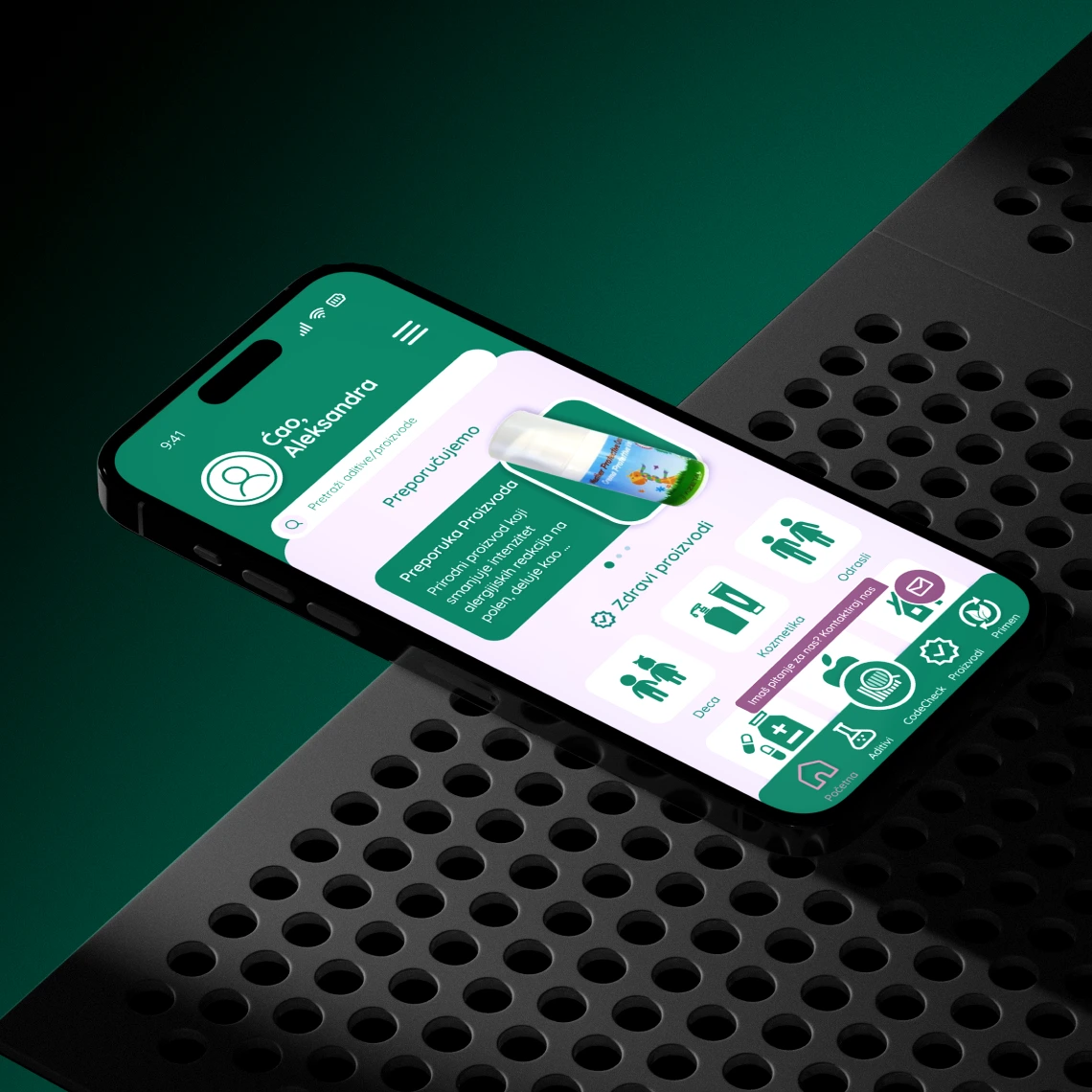
Kotlin Multiplatform App Development
Because you don’t have the luxury of building the same app twice.
With KMP, your team writes shared business logic once and reuses it across iOS, Android, and the web, while keeping the flexibility for platform-specific editing where needed.
That means faster delivery, lower costs, and cleaner code that your developers like working with.
KMP makes sense when:
- You need to deliver iOS and Android apps in parallel, on time
- Your team is already stretched, and you need extra hands that can cover both platforms at once
- You want a maintainable codebase that’s easy to extend or hand over once the project is live
Native development is worth considering if:
- The app requires highly platform-specific features (e.g., complex AR, camera systems, or heavy hardware integrations)
- You have the luxury of larger budgets, longer timelines, and separate dedicated teams for each platform
For most product-driven projects with common features like authentication, payments, and dashboards, Kotlin Multiplatform speeds up delivery and reduces costs without sacrificing quality.
Kotlin Multiplatform uses Kotlin as a programming language, which means that Android developers can easily apply their knowledge to develop cross-platform applications. On the other hand, Flutter has its own, not quite familiar language, Dart. Flutter is owned by Google, and KMP by JetBrains, but Google announced support for Kotlin Multiplatform due to its big potential and stability.
Both frameworks have their pros and cons, but generally perform well and save you time and money. It can be that if you need an app quickly, it is better to use KMP because Android developers are already familiar with Kotlin, as it is their primary language even when developing native apps.
Kotlin Multiplatform:
- Focuses on sharing business logic across iOS and Android while keeping the UI fully native
- Ideal when you need predictable timelines, maintainable code, and minimal disruption to your existing team
- Lets your Android developers jump in immediately, reducing onboarding time
- Perfect for multi-client projects where you want consistent behavior across platforms without rewriting core features
Compose Multiplatform:
- Extends KMP by allowing shared UI components across platforms
- Useful if your priority is rapid UI prototyping or consistent design across devices
- Can reduce design implementation time but may require more team adaptation if your developers are used to native UI patterns
The takeaway for agencies and CTOs:
- KMP: Fast delivery of multiple apps with minimal supervision
- CMP: Shared logic and UI, ideal if your team can coordinate design and development efforts
React Native lets developers build apps using JavaScript and React. While it can speed up development for web teams, it often causes performance issues, tricky native integrations, and higher maintenance costs.
KMP lets your team share core app logic across iOS and Android while keeping the UI fully native. This makes it easier to meet deadlines, add platform-specific features, and maintain a clean codebase, perfect for agencies delivering multiple client apps at once.
One client who migrated their app from React Native to KMP said:
"I don’t know exactly what you changed, but the app feels faster, smoother, and much easier to manage."
For CTOs and Heads of Delivery, that means less stress, fewer delays, and more reliable client deliveries.
Many factors impact the cost of developing a mobile app, but we will list here the main ones:
- App complexity: Basic apps may range from $15,000 to $50,000, while complex apps can exceed $100,000.
- Development team: Costs can vary based on developers’ proficiency in Kotlin and KMP, the team’s location, whether you hire freelancers or a mobile app development company, etc.
- Timeframe: Typical timelines for KMP projects can range from 3 to 6 months or longer, depending on the app's complexity. Developers from Aetherius managed to deliver the app to the client in just one month because the client had a specific request to see the basic features on the screen (login screen, navigation bar).








.png)

















.png)









Kotlin Multiplatform App Development Services
Cross-platform API integration
One shared API layer for iOS + Android. Payments, logins, analytics: built once, working everywhere. Fewer bugs, faster QA, happier clients.
Platform-Specific UI/UX Design
Clients expect apps to look and feel native. With KMP, we share the backend code but deliver tailored UI for iOS and Android, so no user feels like they’re using a compromise.
Native Feature Integration
Need push notifications, camera, GPS, or custom sensors? KMP lets us integrate these natively, while still sharing the logic across platforms. No workarounds, no “good enough”, but full functionality.
Kotlin Multiplatform consulting and migration
Already have devs, but need them productive in KMP fast?
We train, onboard, or help migrate existing codebases. Agencies often ask us to plug in mid-project; we stabilize scope and keep delivery on track.
Already Have a Native App?
How Good Is Kotlin Cross-Platform?
Ship iOS and Android apps 30–50% quicker
One shared codebase keeps updates and maintenance simple
PMs can report progress with confidence
Add developers fast for multiple client apps
Modular code your team can own and extend
Who will build your Kotlin Multiplatform app?
We’re not freelancers you need to handhold. We’re a team of senior KMP developers used to agency workflows: Jira, Slack, weekly demos, and clear reporting.
Once a team starts working on your project, they stay with you until the end. No handoffs, no surprises. Just reliable developers who adjust your in-house team fast.

Apps We Built For Clients
FAQ
Kotlin Multiplatform (KMP) lets your team share core business logic across iOS and Android while keeping the UI fully native. Agencies use it to deliver multiple client apps faster, reduce maintenance costs, and scale developers without hiring delays.
Yes. With shared business logic, developers write code once and run it on iOS and Android. This means faster delivery, fewer delays, and predictable milestones for all client projects.
Absolutely. KMP integrates platform-specific features like camera, GPS, notifications, and sensors, ensuring apps feel fully native on both platforms.
Flutter lets you share UI across platforms, which can speed up design but may require extra work to match native behaviors. KMP focuses on shared logic with native UI, making it easier for agencies to hit deadlines and deliver high-quality client apps reliably.
React Native uses JavaScript, which can create performance and maintenance challenges. KMP keeps native UI and performance, making it easier for your team to manage multiple client apps and meet tight delivery schedules.
KMP: Best for fast, reliable delivery with shared business logic across iOS and Android. Minimal onboarding and quick team integration.
CMP: Share both logic and UI, ideal for teams that can coordinate design and development for faster and more consistent apps.
Major companies like Netflix, McDonald’s, and 9gag use KMP for cross-platform app development. Agencies trust it for scalable, maintainable, and high-performance apps.
KMM (Kotlin Multiplatform Mobile) was the original mobile-specific term. Today, KMP covers mobile, backend, and web, giving agencies a complete solution for cross-platform development.
Need Experienced Devs to Build Your App?




















